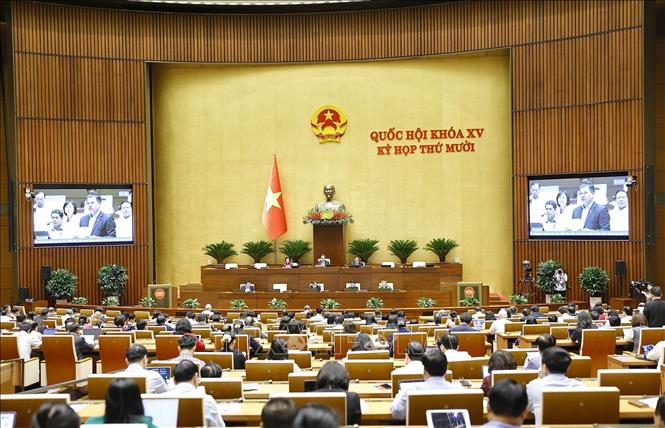
Clearly define the measures to be taken in a state of emergency.
According to the Summary Report on the Explanation, Acceptance, and Revision of the Draft Law, regarding the state of emergency, some opinions suggest that the concept is not specific enough to quantify the situations; they propose clarifying the reasonableness of determining the threshold for exceeding level 3 civil defense, and the level of damage required to declare a state of emergency; and they propose defining the types of states of emergency to ensure consistency with the measures applied in Chapter III.
According to Le Tan Toi, Chairman of the National Assembly 's Committee on National Defense, Security, and Foreign Affairs, research into the experiences of other countries and a review of regulations on emergency situations in specialized laws shows that the concept of an emergency needs to be more generalized, encompassing the most important elements and characteristics of an emergency. In reality, emergency incidents and situations are very diverse, occurring in many fields, with different natures, levels, developments, and characteristics, making quantification to determine the threshold for transitioning from an urgent situation to an emergency situation difficult. Some incidents and disasters, when they are at risk of occurring or have already occurred, require the immediate declaration of an emergency situation without going through civil defense measures (tsunami, radiation incidents, nuclear incidents, etc.). Furthermore, situations related to national defense, national security, and social order and safety that lead to an emergency situation do not apply civil defense measures for response and mitigation.
Based on the opinions of National Assembly deputies, the Standing Committee of the National Assembly amended the title of the Article to "State of Emergency" and stipulated it in two clauses as per Article 2 of the revised draft Law.
Regarding direction, command, and forces in a state of emergency, the Standing Committee of the National Assembly has revised Article 25 of the draft Law, clarifying the responsibilities of the Steering and Command Boards stipulated in specialized laws when declaring a state of emergency; and simultaneously amending the title of the Article to "Agencies for direction and command in a state of emergency" for appropriateness.
The Standing Committee of the National Assembly has revised the regulations on forces in emergency situations, including core forces and broad forces; and added a new Article 29 stipulating equipment to ensure training, drills, response, and remediation in emergency situations, as incorporated and revised in the draft Law.
Integrating early warning systems and resource allocation.
During the discussion in the Assembly Hall, delegate Ta Dinh Thi ( Hanoi ) stated that, regarding the inter-sectoral and inter-level coordination mechanism, the draft Law has clearly defined the principles and regulations, demonstrating flexibility while still ensuring unity and transparency in command and control.
However, according to Representative Ta Dinh Thi, regulations on managing and responding to emergencies related to incidents and disasters are already stipulated in specialized laws such as the Chemical Law, the Electricity Law, the Atomic Energy Law, the Environmental Protection Law, and the Civil Defense Law. Therefore, to ensure the effective implementation of the coordination mechanism as stipulated in the draft Law and to ensure flexibility and feasibility in implementation, Representative Ta Dinh Thi proposed adding a clause to Article 3 assigning the Government the authority to regulate inter-sectoral and inter-level coordination regulations in the management and response to emergencies as prescribed by this Law and specialized laws.
While acknowledging that the draft Law has embraced the trends of the digital age, Representative Ta Dinh Thi suggested that, in order for the Law to be effectively implemented, it should include provisions on a national data platform for emergency situations, interconnected from the central to local levels, integrating early warning systems, monitoring developments, and coordinating resources; investing in an emergency communication system capable of operating even when infrastructure is affected; and strengthening online training and response drills to enhance the capacity of core forces and the community.
"The draft Law on Emergency Situations not only perfects the legal framework for prevention and response, but also reflects innovative thinking, technological approaches, and enhanced inter-sectoral coordination. Specific regulations on coordination mechanisms and the application of digital technology will create an important legal basis for protecting national security, social order, and the lives and property of the people in the new context," Representative Ta Dinh Thi stated.
Participating in the discussion, delegate Duong Khac Mai (Lam Dong) argued that at the 10th session, the National Assembly's consideration and approval of the Law on Emergency Situations is absolutely necessary to respond early and from afar, minimize damage caused by emergency situations to the people, and ensure national and ethnic interests.
Agreeing with the regulation that "Decision-makers in emergency situations are not liable when those decisions are based on information available at the time of decision-making, have a legitimate purpose, and are not motivated by self-interest," Representative Duong Khac Mai stated that this regulation both encourages swift action in emergency situations and protects officials who dare to act for the common good.
Expressing concerns that the draft law stipulates an overly broad scope of exemptions and lacks a post-examination verification mechanism, Representative Duong Khac Mai suggested that the drafting agency consider stipulating that exemptions from liability only apply if the decision-maker has the proper authority, bases their actions on objective and verifiable information, does not exceed necessary limits, and has the obligation to provide a detailed report and explanation to the competent authority after the state of emergency ends.
In his report on the feedback received, General Phan Van Giang, Minister of National Defense, stated that the drafting agency has incorporated as many opinions as possible to work with relevant agencies to revise the law so that it is concise, easy to understand, easy to implement, and also easy to apply in specific cases.
According to General Phan Van Giang, in an emergency situation, an extraordinary event that does not occur normally, all segments of society are severely affected, regardless of wealth or poverty; therefore, preparedness for response must be comprehensive and holistic.
Regarding the state of emergency in national defense and security mentioned in the draft Law, General Phan Van Giang stated that the Law on National Defense and Security Industry and Industrial Mobilization already contains provisions related to states of emergency. Therefore, the drafting agency will incorporate and study these provisions to include the most fundamental content in the draft Law, ensuring the consistency, clarity, and completeness of the legal system...
Source: https://baotintuc.vn/chinh-polit/tang-cuong-phoi-hop-lien-nganh-ung-dung-cong-nghe-so-trong-quan-ly-tinh-trang-khan-cap-20251027173336323.htm






![[Image] Close-up of the newly discovered "sacred road" at My Son Sanctuary](/_next/image?url=https%3A%2F%2Fvphoto.vietnam.vn%2Fthumb%2F1200x675%2Fvietnam%2Fresource%2FIMAGE%2F2025%2F12%2F13%2F1765587881240_ndo_br_ms5-jpg.webp&w=3840&q=75)
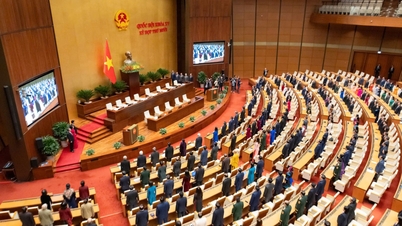
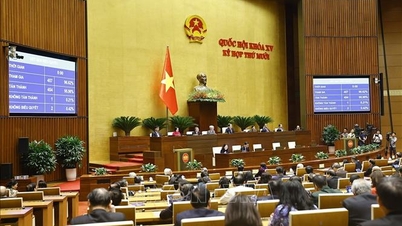


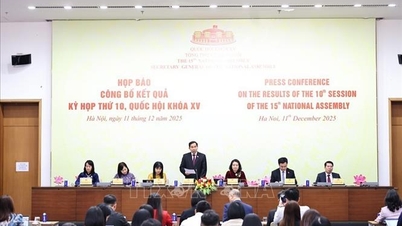

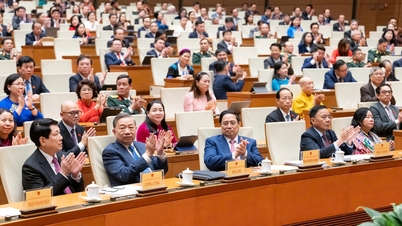

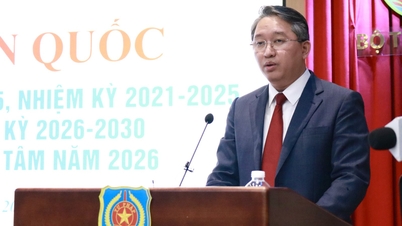
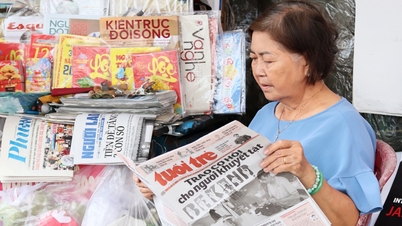

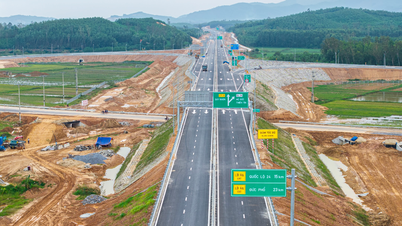
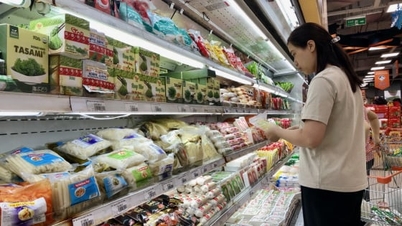









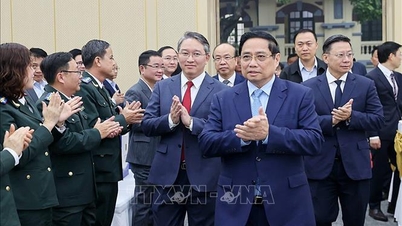



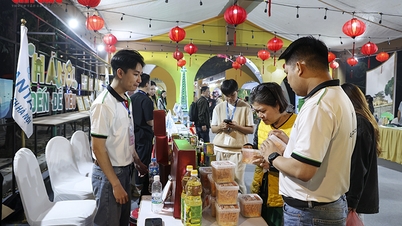








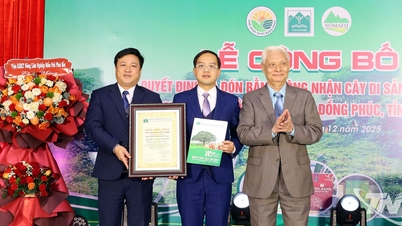







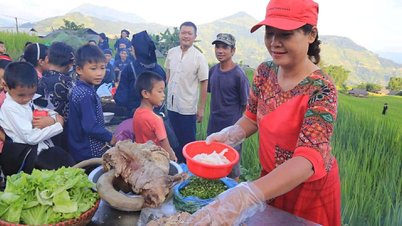








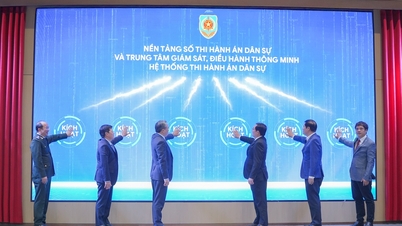

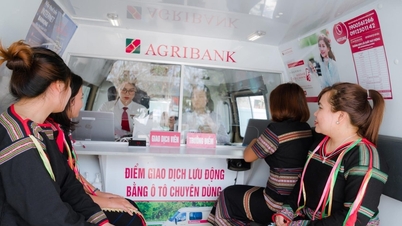

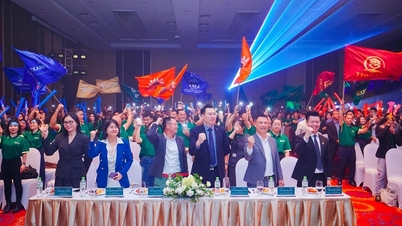

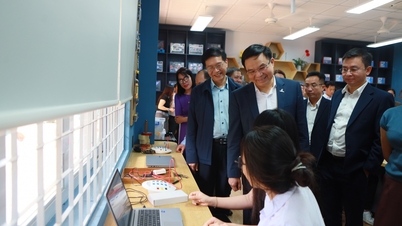

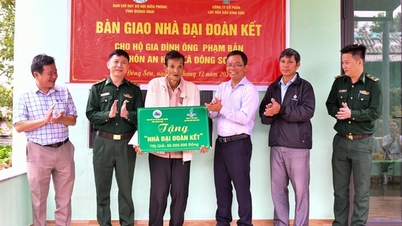








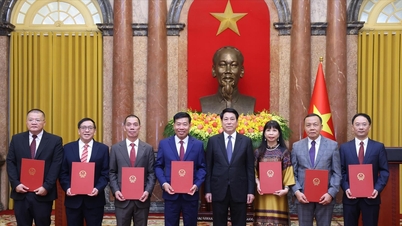

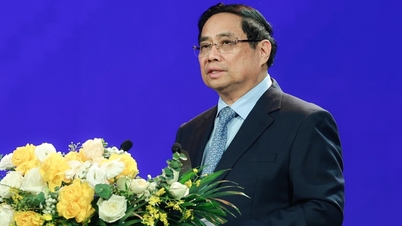

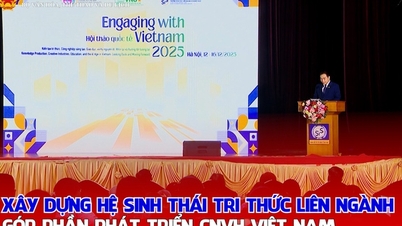





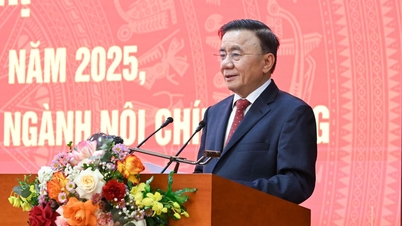


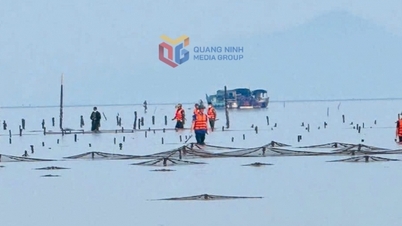





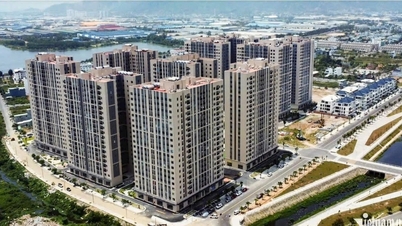
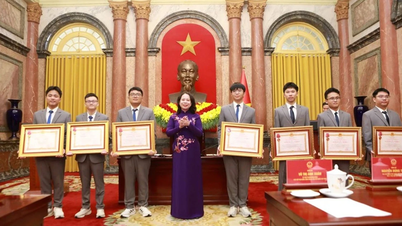

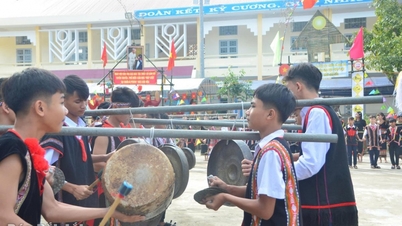












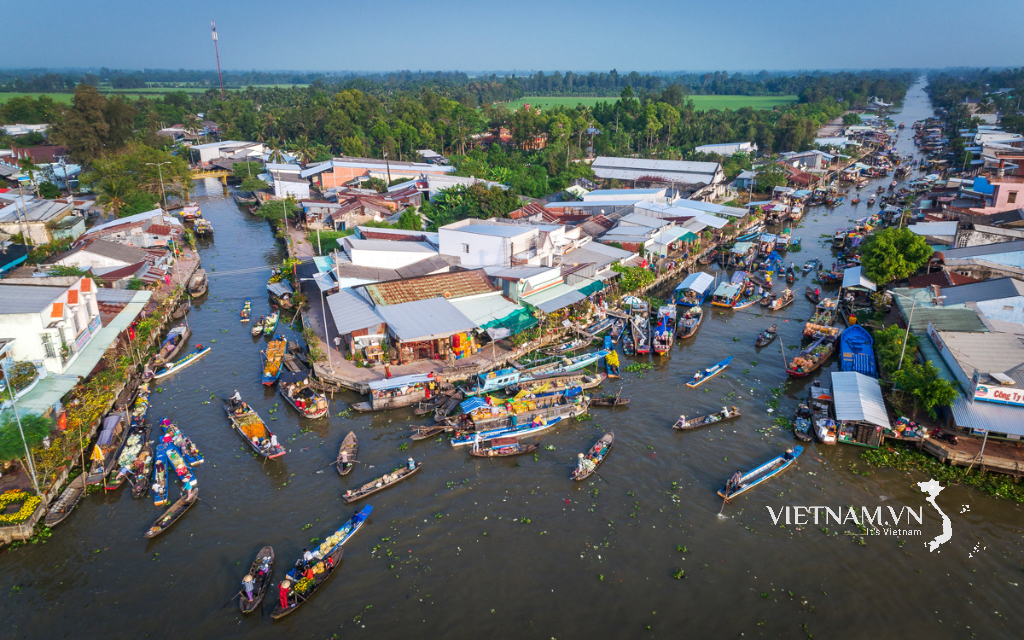


Comment (0)